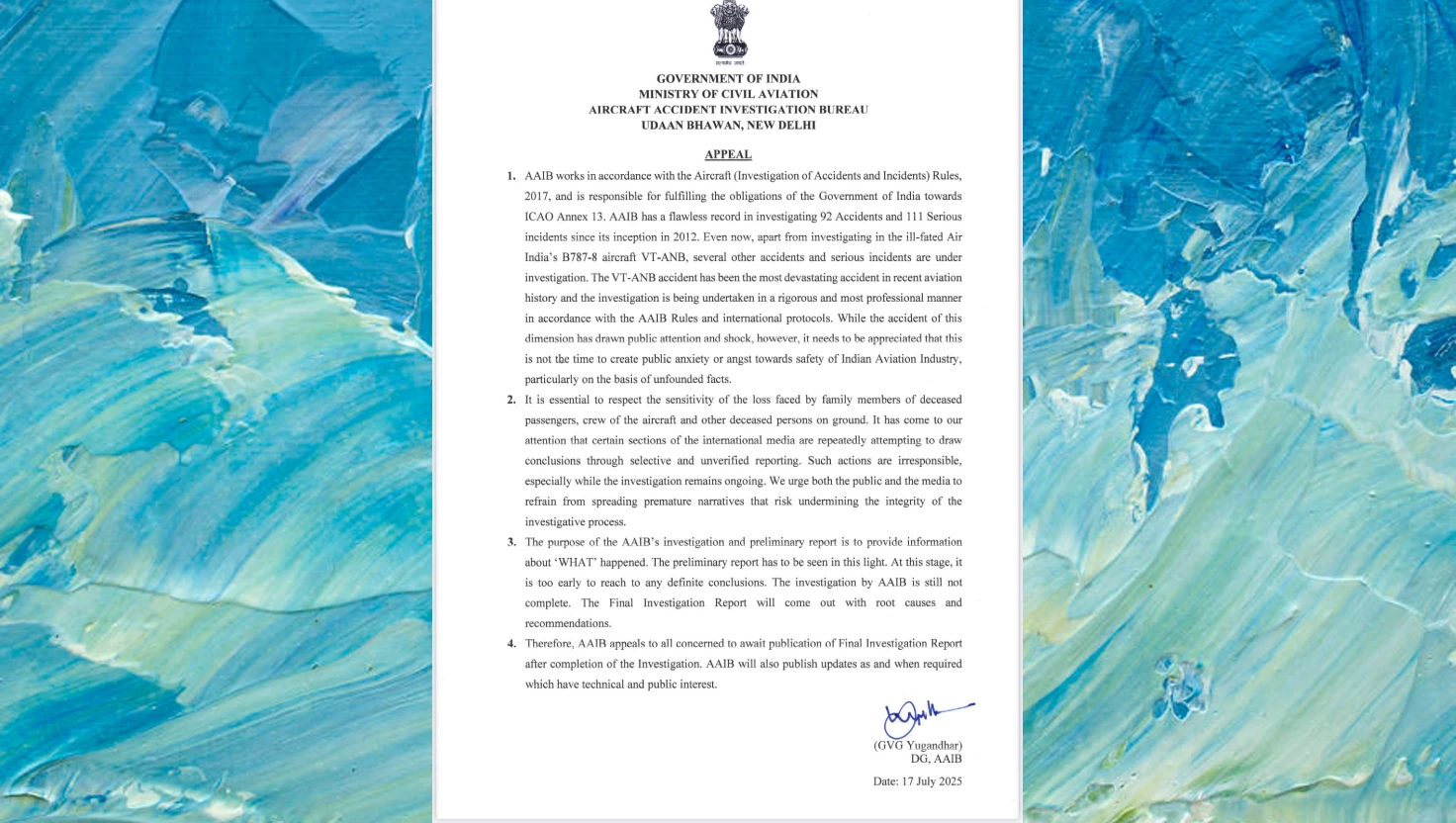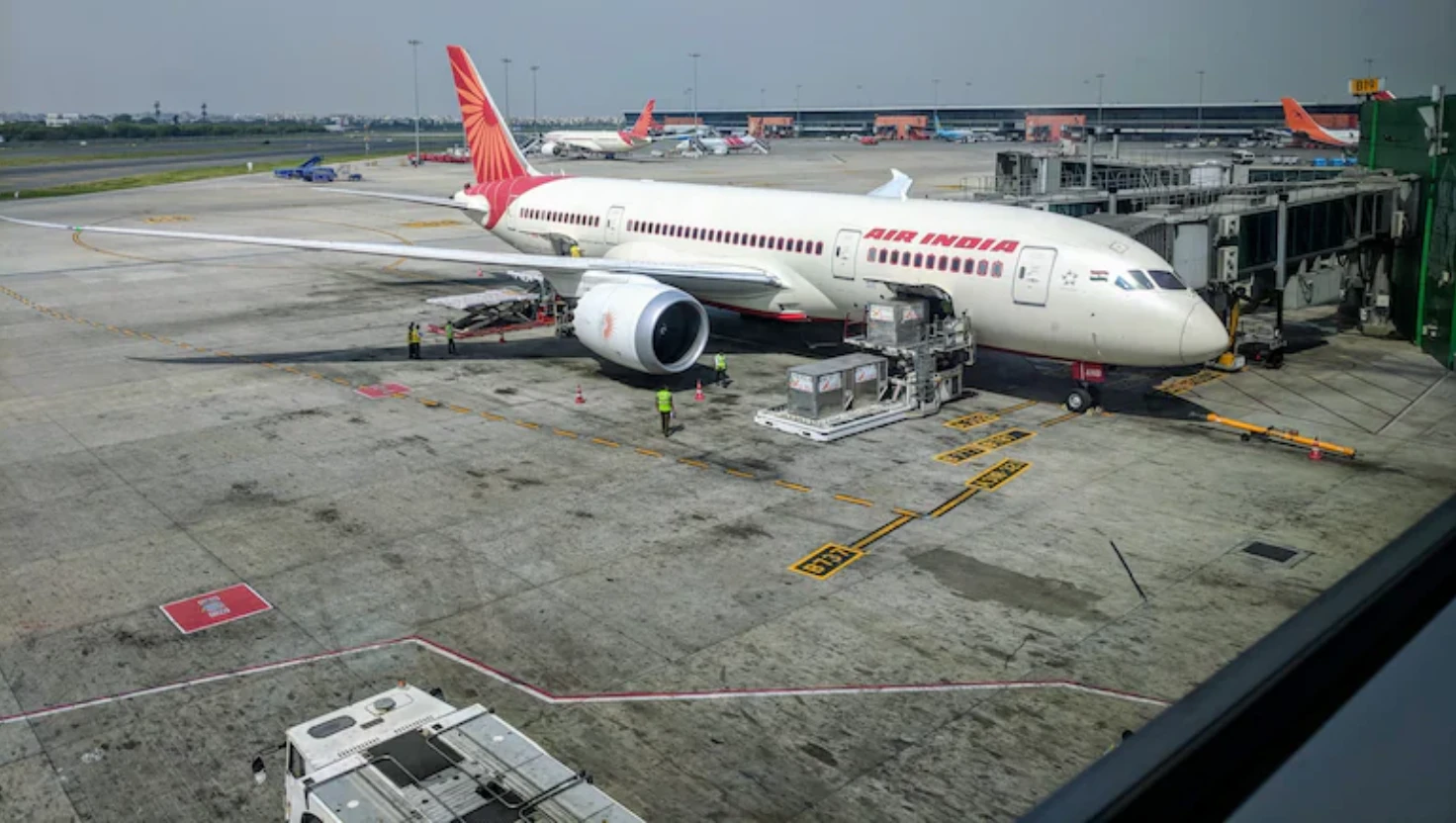India Restricts Land Port Imports of Bangladeshi Garments and Consumer Goods

India puts restrictions on entry of Bangladeshi products from several ports
India limits import of ready-made garments and several goods from Bangladesh to sea routes, amid rising trade tensions and regional economic concerns.
India Restricts Land Port Imports of Bangladeshi Garments and Consumer Goods
India has restricted the import of ready-made garments and several consumer goods from Bangladesh, allowing entry only through two major seaports, in a move widely seen as a response to trade barriers imposed by Dhaka.
The announcement was made in a directive issued by India’s Directorate General of Foreign Trade (DGFT) under the Ministry of Commerce and Industry. According to the new rules, all imports of ready-made garments from Bangladesh will now be permitted solely through the seaports of Nhava Sheva in Maharashtra and Kolkata in West Bengal.
Additional restrictions have also been placed on other imports, including processed food, fruit-flavoured carbonated drinks, cotton and cotton yarn waste, plastic and PVC finished goods (excluding certain industrial inputs), and wooden furniture. These products are now barred from entering India through any land customs stations (LCSs) or integrated check posts (ICPs) in the northeastern states of Assam, Meghalaya, Tripura, and Mizoram, as well as LCSs at Changrabandha and Fulbari in West Bengal.
Trade Frictions and Policy Shifts
While the Indian government has not provided a public explanation for the move, it follows recent trade restrictions imposed by Bangladesh. In April, Bangladesh halted the import of Indian cotton yarn through land ports and placed additional limitations on rice imports from India via key check posts.
The DGFT’s notification clarified that essential imports—such as fish, liquefied petroleum gas (LPG), edible oils, and crushed stone—would remain unaffected and may continue via all existing land and sea ports. Moreover, Bangladeshi goods transiting through India en route to Nepal and Bhutan are exempt from these new restrictions.
Trade officials, speaking on condition of anonymity, cited Bangladesh’s continued barriers on Indian exports to its market, particularly from India's northeastern region, as a contributing factor to India’s decision. They pointed to high transit fees and selective port restrictions by Bangladesh that have adversely impacted industrial development in India’s northeastern states.
“There has been a lack of reciprocity in trade access,” one official said, noting that while India had permitted Bangladeshi goods to flow freely through land and sea routes, Indian exporters often face delays, inspections, and limited access on the Bangladeshi side.
Economic Implications for Bangladesh
Bangladesh’s ready-made garment (RMG) sector—its most valuable export industry—is expected to feel the immediate impact. According to Indian Ministry of Commerce data, Bangladesh exports approximately $700 million worth of garments to India annually, with over 90 percent previously transported through land routes.
The redirection of these shipments to seaports could result in longer transit times, higher costs, and added logistical challenges, potentially making Bangladeshi garments less competitive in the Indian market.
India’s overall annual trade with Bangladesh stands at around $13 billion, with imports accounting for approximately $2 billion. The northeastern states, particularly reliant on cross-border trade, have voiced concerns over market access, alleging that Bangladesh's restrictions have skewed trade flows in its favour.
Context: Tensions and Regional Development
The trade restrictions come amid a broader shift in bilateral relations between India and Bangladesh. Strains have grown since April, when India discontinued a long-standing trans-shipment arrangement that had allowed Bangladesh to export goods to third countries via Indian ports and airports.
Observers suggest that India's latest move may be part of a larger strategy to bolster domestic industry in its northeastern region, which has struggled to expand beyond agricultural exports due to limited market access. The policy shift aligns with the Indian government’s ‘Atmanirbhar Bharat’ initiative, which promotes self-reliance and the development of domestic manufacturing.
According to Indian officials, northeastern exporters have faced disproportionate restrictions when accessing the Bangladeshi market, while Bangladeshi products have enjoyed comparatively unhindered entry into India. There are currently 11 land trade points between the two nations in the Northeast, but officials argue that Bangladesh has not extended equal access through these routes.
“While Bangladesh has been allowed wide access to northeastern markets, our value-added products continue to face barriers,” one official said.
Future Outlook
Though the current restrictions do not amount to a full trade ban, they are likely to cause friction in India-Bangladesh trade relations, particularly at a time when regional stability remains fragile.
Bilateral cooperation between the two South Asian neighbours had previously expanded, including infrastructure and connectivity projects. However, growing economic tensions and shifting political dynamics could complicate future trade negotiations.
For now, traders and exporters on both sides will have to adjust to the new logistical realities, even as policymakers weigh the broader implications of rising protectionism in regional trade.

Reliance Retail acquires Kelvinator, The Coolest One
Reliance Retail has purchased the Kelvinator brand from Electrolux for nearly ₹160 crore, aiming to strengthen its position in India's consumer durables market.
| 2025-07-19

Saiyyara has shattered every myth about launching newcomers. No big names, no big PR
Madhur Bhandarkar praises debut film 'Saiyaara' for its raw talent and storytelling, marking a shift in Bollywood's approach to newcomers.
| 2025-07-19

India slams reports blaming pilots for Air India crash
India's AAIB disputes US media assertions regarding Air India AI 171 crash, highlighting ongoing investigation and sensitivity towards victims' families.
| 2025-07-18

India Secures Four-Wicket Win in ODI Series Opener Against England
India achieves a four-wicket victory over England in the ODI series opener, led by Deepti Sharma's unbeaten 62 runs.
| 2025-07-17

Air India inspection claims no problems found with Boeing 787 fuel control switches
Air India has conducted thorough inspections of its Boeing 787 fuel control switches, reporting no problems following a DGCA directive.
| 2025-07-17




